Discover how the rare star HD 65907, a field blue straggler, formed from the merger of two stars.
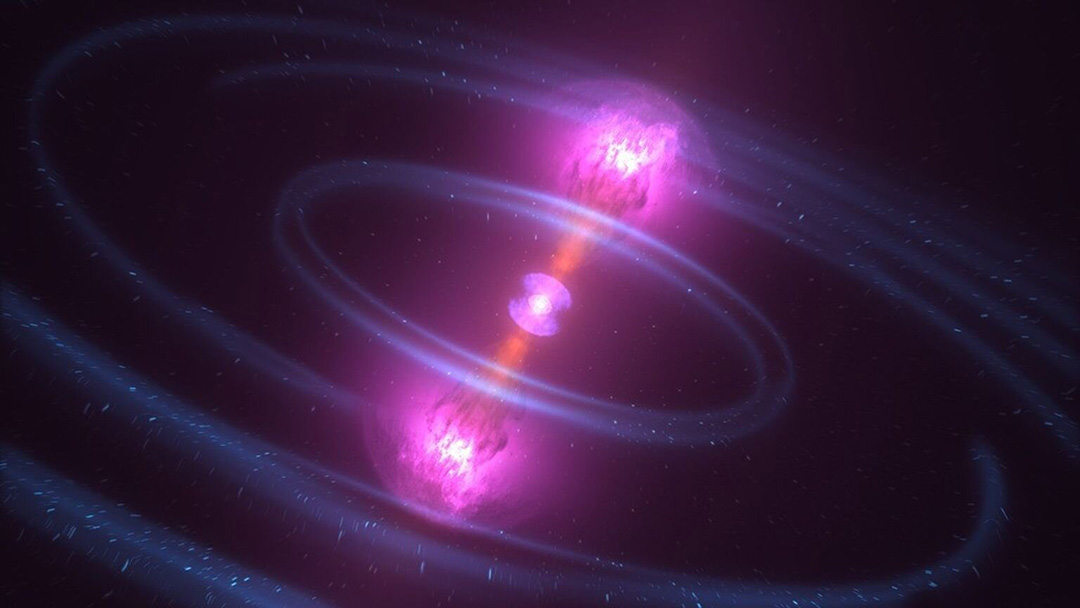

Discover how the rare star HD 65907, a field blue straggler, formed from the merger of two stars.
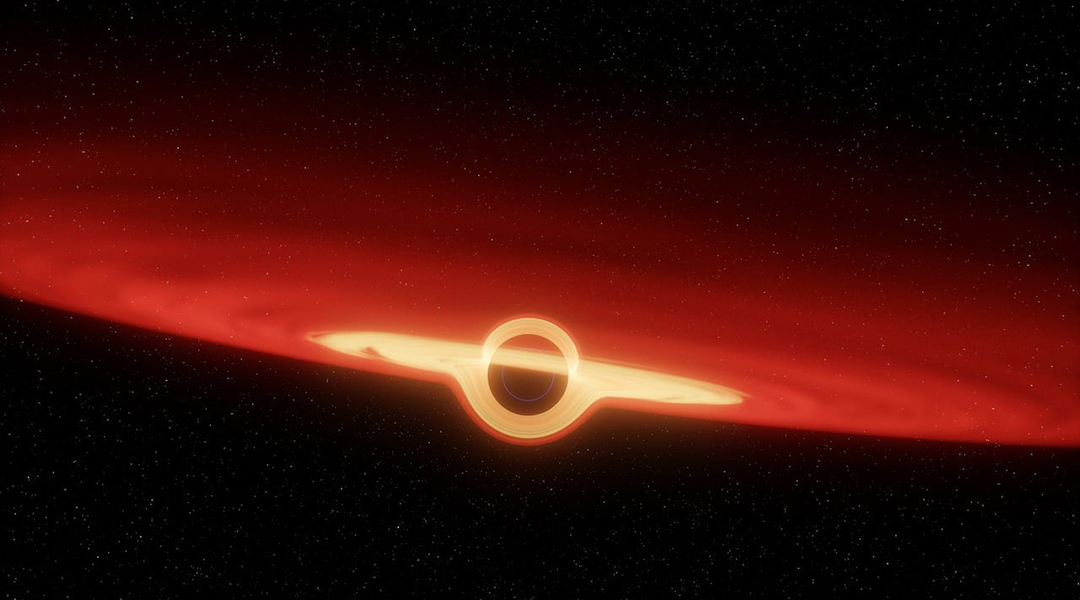
Small primordial black holes could have consumed the interiors of planets or asteroids, leaving their outer shells intact.

Scientists theorize that cosmic strings interacting with dense matter in the early universe provided the seeds for galaxies and black holes.
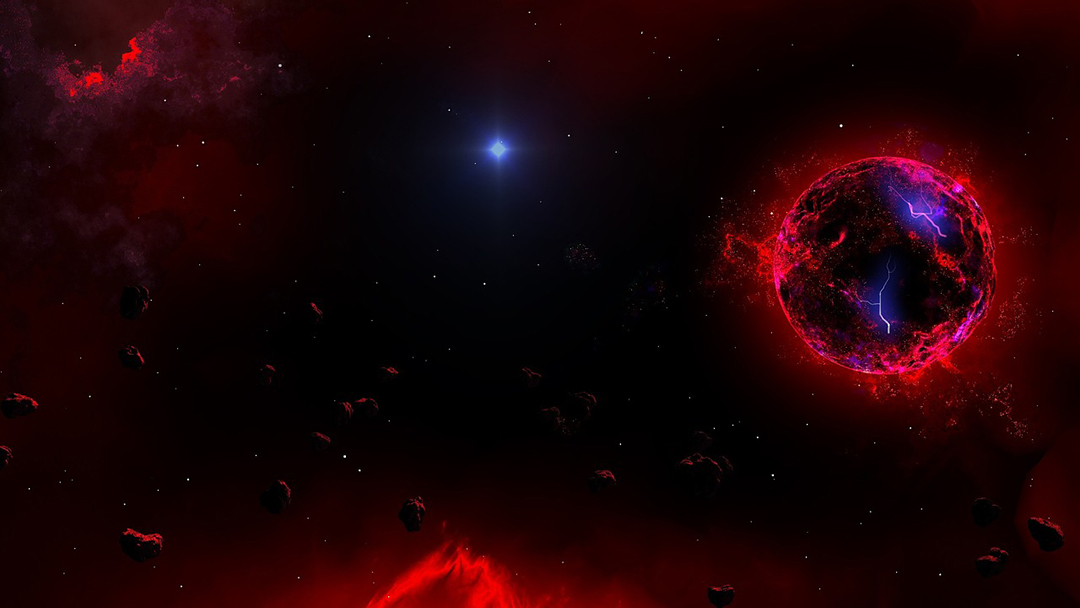
Could neutron stars hold the key to observing dark matter? Researchers believe studying them might one day reveal this elusive substance.
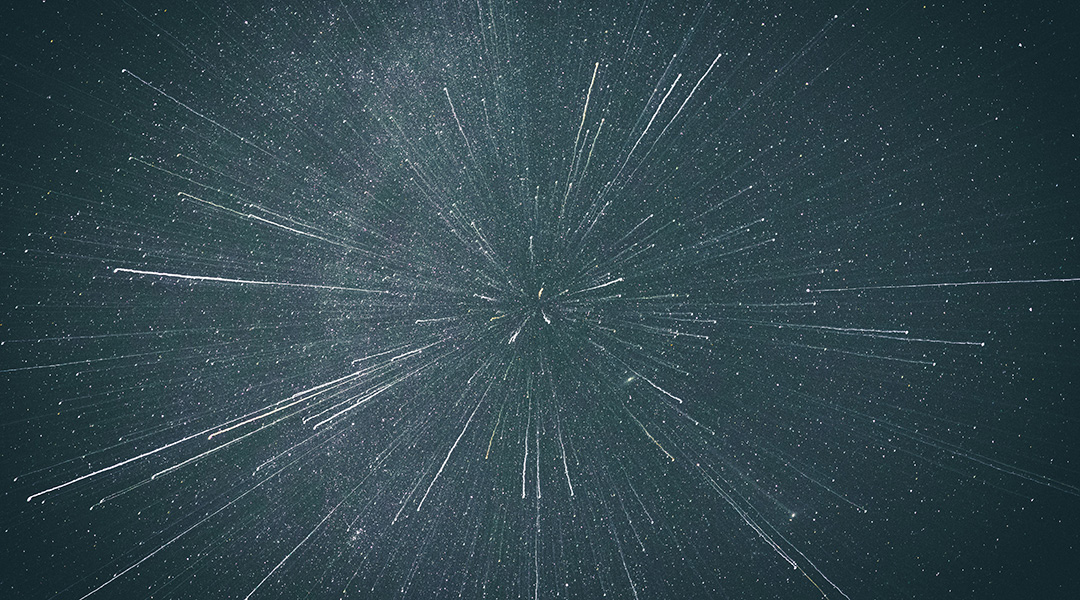
By adding primordial magnetic fields to the Standard Model, researchers may solve the mystery of the Universe’s expansion.
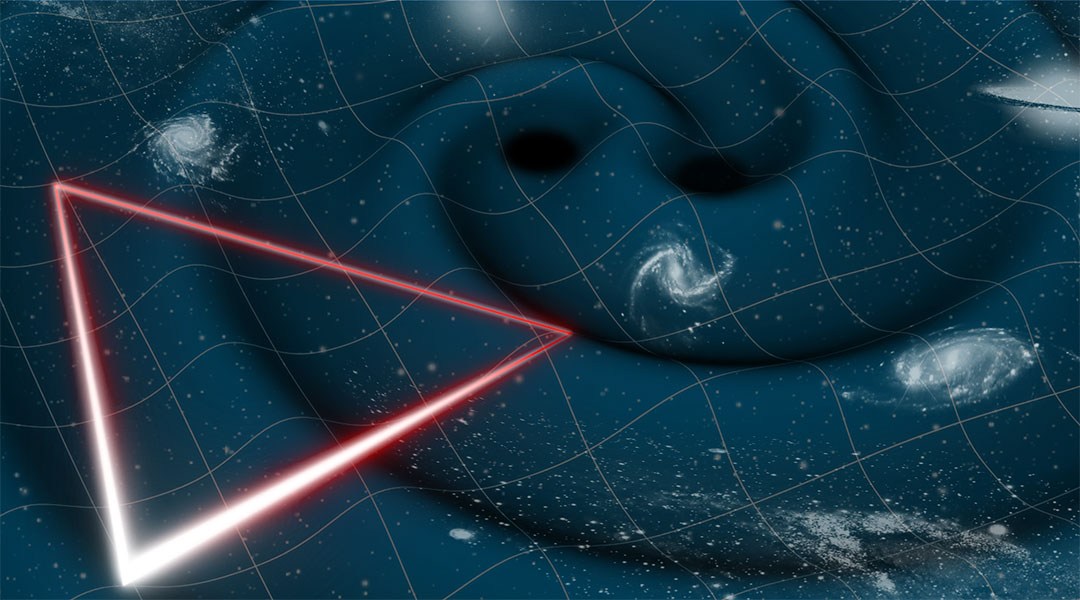
ESA greenlights LISA, a space-based observatory poised to detect gravitational waves across space and time.
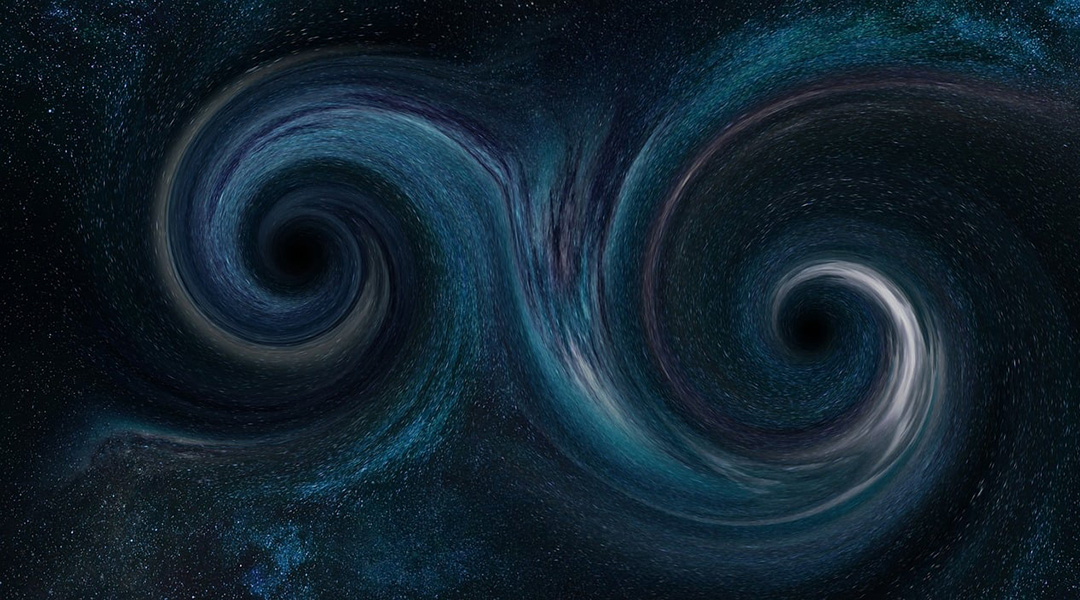
Gravitational waves could be the key to imaging elusive primordial black holes born in the first moments of our Universe.

It’s looking less and less likely that the Hubble tension is a result of observational errors.
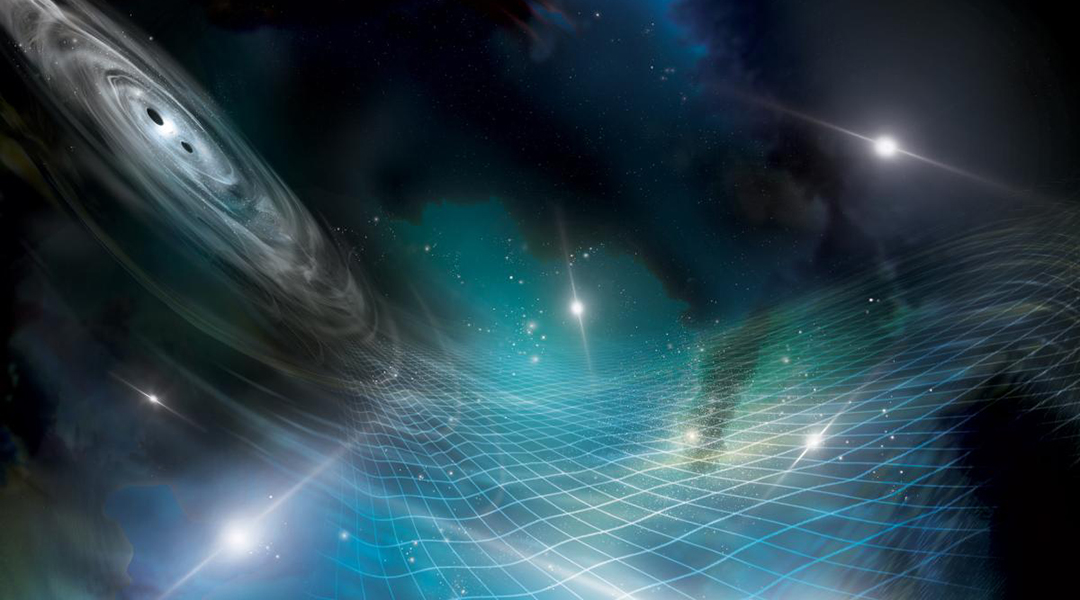
The universe is ringing with gravity, but humanity is only just beginning to hear the nuance of this cosmic symphony.

Scientists probe cosmic microwave background and black hole radiation to test our understanding of electromagnetism.